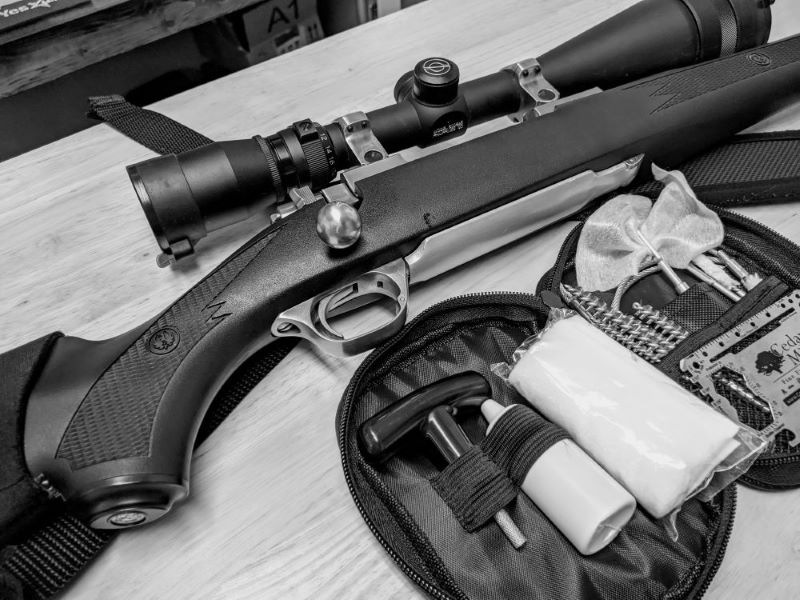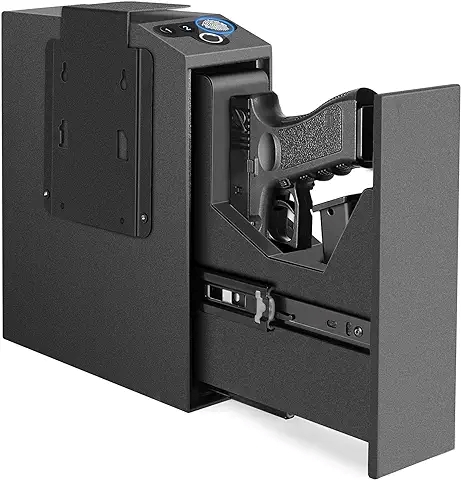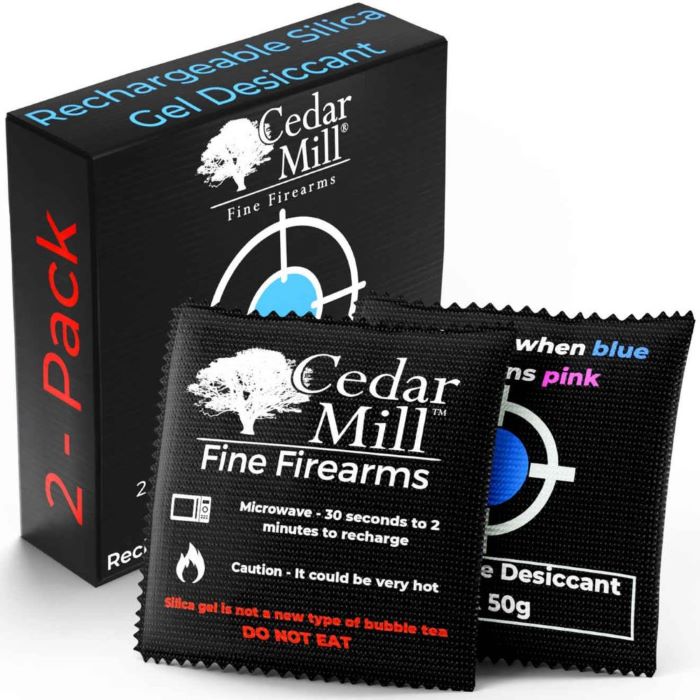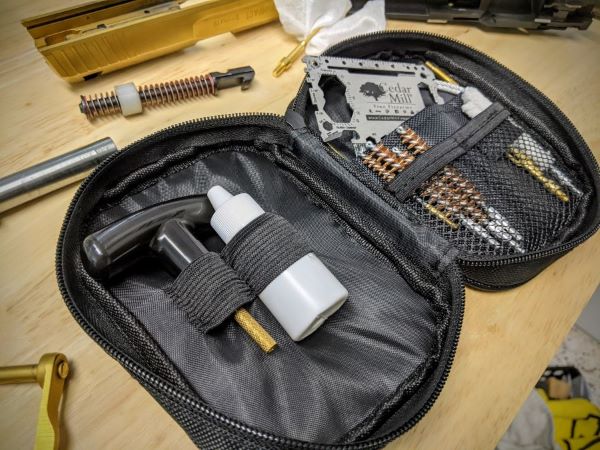5 Steps to Protecting Guns from Rust
Posted by Mandu Moses on Jan 3rd 2025
As a gun owner, you have a responsibility to properly care for your firearms, lest you fall victim to the insidious threat of rust. This silent adversary can compromise performance and safety, and even render your firearm a liability.
Renowned gun enthusiast and firearms historian Jeff Cooper once said, "Owning a handgun doesn't make you armed any more than owning a guitar makes you a musician." This analogy highlights the importance of not only owning a firearm but also properly maintaining it, which is critical in ensuring reliability and safety.
Beyond the aesthetic concerns of a weathered firearm, rust poses a far greater threat. It can cause mechanisms to grind and resist, which can compromise performance and safety. A rust-riddled firearm may not function properly in critical moments, posing unforeseen risks.
This is a comprehensive exploration of the critical steps you must take to safeguard your weapons from rust. This would ensure longevity, safety, and optimal performance.
Understanding the Causes of Rust on Firearms
Rust, the silent enemy of firearms, is caused by moisture and oxygen reacting with metal. To prevent rust, it is important to keep firearms dry and in a low-humidity environment.
Moisture and Humidity
Water molecules in the air can latch onto the surface of metals, initiating the rusting process. High-humidity environments, such as damp basements or closets near exterior walls, are conducive to rust formation.
Chemical Reactions
When a metal, such as iron or steel, is exposed to oxygen and water, it undergoes a chemical reaction known as oxidation. This reaction transforms the iron into rust.
Preventing Rust
The best way to prevent rust is to keep firearms dry and in a low-humidity environment. You can also use a dehumidifier or silica gel packets to absorb moisture from the air in your gun safe. Additionally, coating firearms with a thin layer of oil or wax can help to create a barrier against moisture and oxygen.
Subsequently, understanding the causes of rust and taking steps to prevent it can keep your firearms in pristine condition for years to come.
Choosing the Right Storage Environment
When storing your firearms, selecting the right environment is essential to preventing rust. The ideal storage conditions are dry and controlled, with low humidity. A good gun safe, dehumidifier, and silica gel packs can help you create a haven where rust's advances are halted.
Optimal Storage Conditions
Moisture and humidity are rust's allies, so it's important to store your guns in a dry space with low humidity. The ideal humidity level for gun storage is below 50%. Use a hygrometer to monitor humidity levels inside your gun safe.
Safe Storage Options
Gun safes
Invest in a reliable gun safe that provides a controlled environment. Look for safes with built-in dehumidifiers or spaces to accommodate them.
Dehumidifiers
Dehumidifiers combat humidity by absorbing moisture from the air. Silica gel dehumidifiers are a cost-effective and easy-to-use option.
Silica gel packs
Silica gel packs are compact, efficient, and inexpensive. Place them strategically within your gun safe to absorb excess moisture. Remember to replace or recharge them as needed.
Creating a dry and controlled storage environment can help preserve the integrity of your firearms and ensure that they stand the test of time.
Cleaning and Maintenance: Keeping Your Firearms in Top Shape
Proper cleaning and maintenance are essential for ensuring the longevity and reliability of your firearms. Rust is a relentless threat to firearms, but it can be effectively prevented by adopting a regular cleaning routine and applying protective coatings.
Regular Cleaning Routine
Gather Your Tools
Assemble the necessary cleaning tools: a cleaning rod, bore brush, patches, solvent, and a clean, well-ventilated workspace.
Unload Your Firearm
Always ensure your gun is unloaded before cleaning. Double-check the chamber and magazine to guarantee no live rounds are present.
Clean the Bore
Attach the bore brush to the cleaning rod and run it through the barrel several times. Follow up with patches soaked in solvent until they come out clean.
Clean Other Components
Use a brush, patches, and solvent to clean the slide, frame, and other components. Pay attention to crevices where dirt and moisture can accumulate.
- Inspect for Wear and Tear: While cleaning, inspect for any signs of wear, tear, or damage. Promptly address any issues or seek professional assistance if needed.
- Lubricate Moving Parts: Apply a light coat of firearm-specific lubricant to moving parts. Be cautious not to over-lubricate, as excess oil can attract dust and debris.
- Reassemble Your Firearm: Carefully reassemble your firearm, following the reverse order of disassembly. Ensure all parts fit snugly and securely.
- Perform a Function Check: Perform a function check to ensure all components work smoothly. Dry-fire your gun (ensuring it's still unloaded) to confirm proper function.
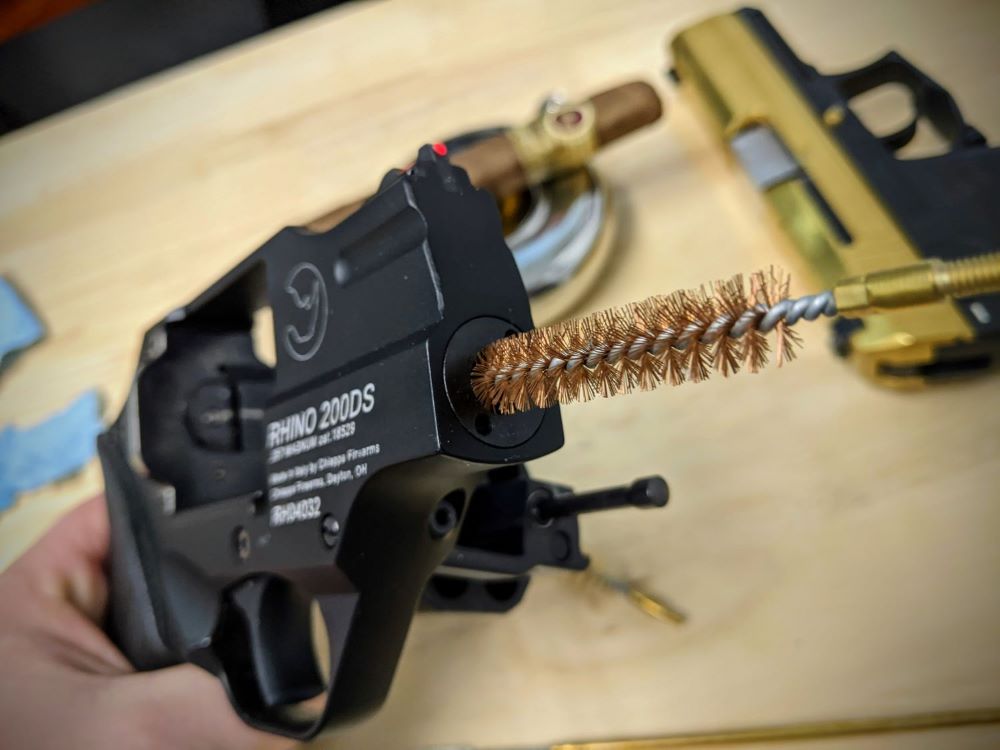
Applying Protective Coatings
- Understanding Protective Coatings: Protective coatings shield firearms from rust and corrosion. Popular options include CLP (Cleaner, Lubricant, Protectant) sprays and specialized rust inhibitors.
- Selecting the Right Product: Choose a reputable protective coating product suitable for your firearm type and storage environment. Read product reviews for user feedback.
- Apply the Protective Coating: Follow the manufacturer's instructions for applying the protective coating. Generally, it involves spraying or wiping the product onto the exterior surfaces of your firearm.
- Focus on Critical Areas: Concentrate on areas prone to rust, such as the barrel, slide, and external metal parts. Ensure an even application for comprehensive protection.
- Reapply Regularly: Protective coatings wear off over time, especially with frequent use. Schedule regular reapplications to maintain a strong defense against rust.
Following these simple yet crucial steps can safeguard your investment and ensure that your guns remain reliable and ready when you need them most. A little regular TLC goes a long way in preserving the life and performance of your firearms.
Inspecting and Lubricating

Regular Inspections: Identifying Rust Early
To keep your firearms rust-free, regular inspections are essential. Inspect your guns for signs of rust, especially in hidden or less accessible areas. A flashlight can be helpful for examining hard-to-reach spots. Focus on the following:
- External Surfaces: Check the barrel, receiver, and other metal components for discoloration, rough spots, or any unusual texture that might indicate rust.
- Interior Components: Disassemble your firearm for a thorough examination of internal components, focusing on areas prone to moisture accumulation, such as trigger assemblies and springs.
- Muzzle and Bore: Inspect the muzzle and bore for any signs of corrosion. Even minor rust in these areas can impact accuracy and overall firearm performance.
Early detection is key to preventing rust from spreading. If you notice any signs, address them promptly using appropriate cleaning and rust prevention measures.
Proper Lubrication: Shielding Against Rust with the Right Oils
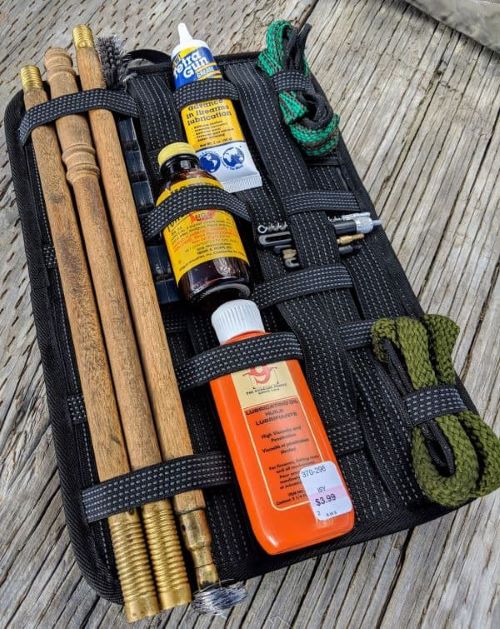
Proper lubrication is crucial in the battle against rust. It serves as a protective barrier, creating a film that shields metal surfaces from moisture and corrosion. Here are some essential points to consider:
- Choosing the Right Lubricant: Select high-quality gun oils or lubricants specifically designed for firearms. These products often contain corrosion inhibitors that add an extra layer of protection.
- Application Technique: Apply lubricants sparingly but consistently, focusing on friction-prone areas like slides, bolts, and hinges. Follow the manufacturer's recommendations for your specific firearm model.
- Regular Reapplication: Lubrication wears off over time, especially with frequent use. Make it a habit to reapply lubricants after cleaning your firearm or before extended periods of storage.
Consistently inspecting your firearms and applying the right lubrication techniques can create a strong defense against rust. These simple yet effective practices will preserve the integrity of your guns and contribute to their optimal performance and longevity.
Handling and Usage Tips
Proper Handling
To minimize rust, handle your firearms with care and avoid excessive touching, as the oils from your skin can contribute to corrosion. When handling your gun, use clean, dry hands. Consider wearing gloves to further protect your firearms from oils and moisture.
Usage Frequency
Infrequently used firearms are more susceptible to rust, so apply a light coat of rust-preventive oil and store them in a cool, dry place. Rotate your gun collection regularly to ensure each firearm gets attention and is properly lubricated. This simple step can go a long way in preserving their condition.
Using Gun Socks
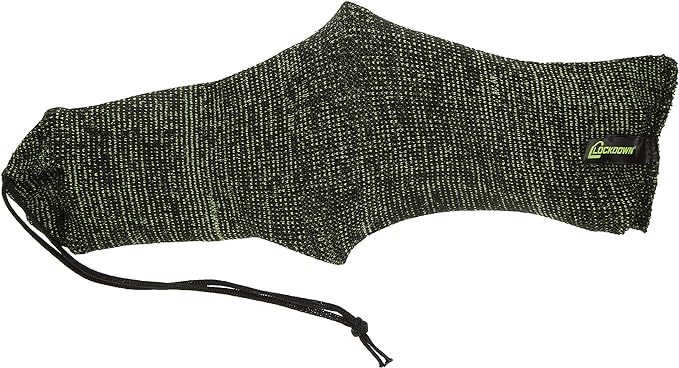
A gun sock is a protective covering for firearms that helps prevent rust, dust, scratches, and dings. Gun socks are designed to protect firearms from rust and other forms of corrosion. They prevent rust by creating a barrier against moisture and guarding against corrosive agents.
They are made of 100% elastic polyester material that is treated with silicone to repel moisture and prevent rust. The elastic fabric construction securely holds the firearm while also protecting it from scrapes and damage. The sock will easily slide over the firearm, conforming to the shape of the weapon, and the drawstring cinch top provides a secure closing for all-around protection.
What Are Its Benefits?
Gun socks are ideal for use in storage in a gun safe. They are an economical way to protect your guns during transit or as an added layer of protection and security in a hard gun case.
Here are some of the most popular gun sock brands if you’re interested in purchasing a gun sock,
The Bottom Line
Understanding the causes of rust, choosing the right storage, and regularly cleaning, inspecting, and lubricating your firearms are essential for safeguarding them from corrosion. Proper handling and addressing usage frequency further strengthen your defense against rust.
Consistent maintenance is the key to preserving the longevity and performance of your firearms. Regularly inspect, clean, and apply protective coatings. Make it a routine, just like any other valuable possession that deserves attention.
Share these crucial steps with your fellow gun owners. Together, we can build a community of responsible firearm enthusiasts who prioritize safety and durability. Adopt these practices, spread the knowledge, and let's ensure our firearms stand the test of time. Our collective effort is essential for a safer and more enduring gun ownership experience.

